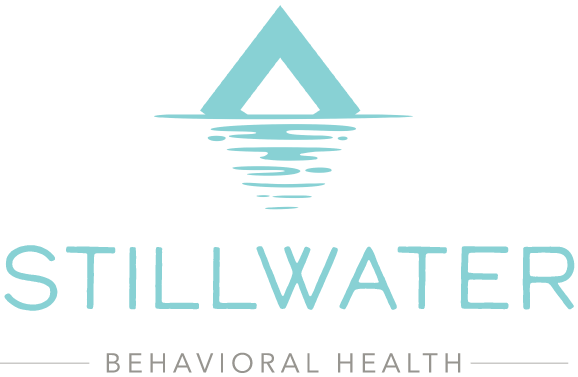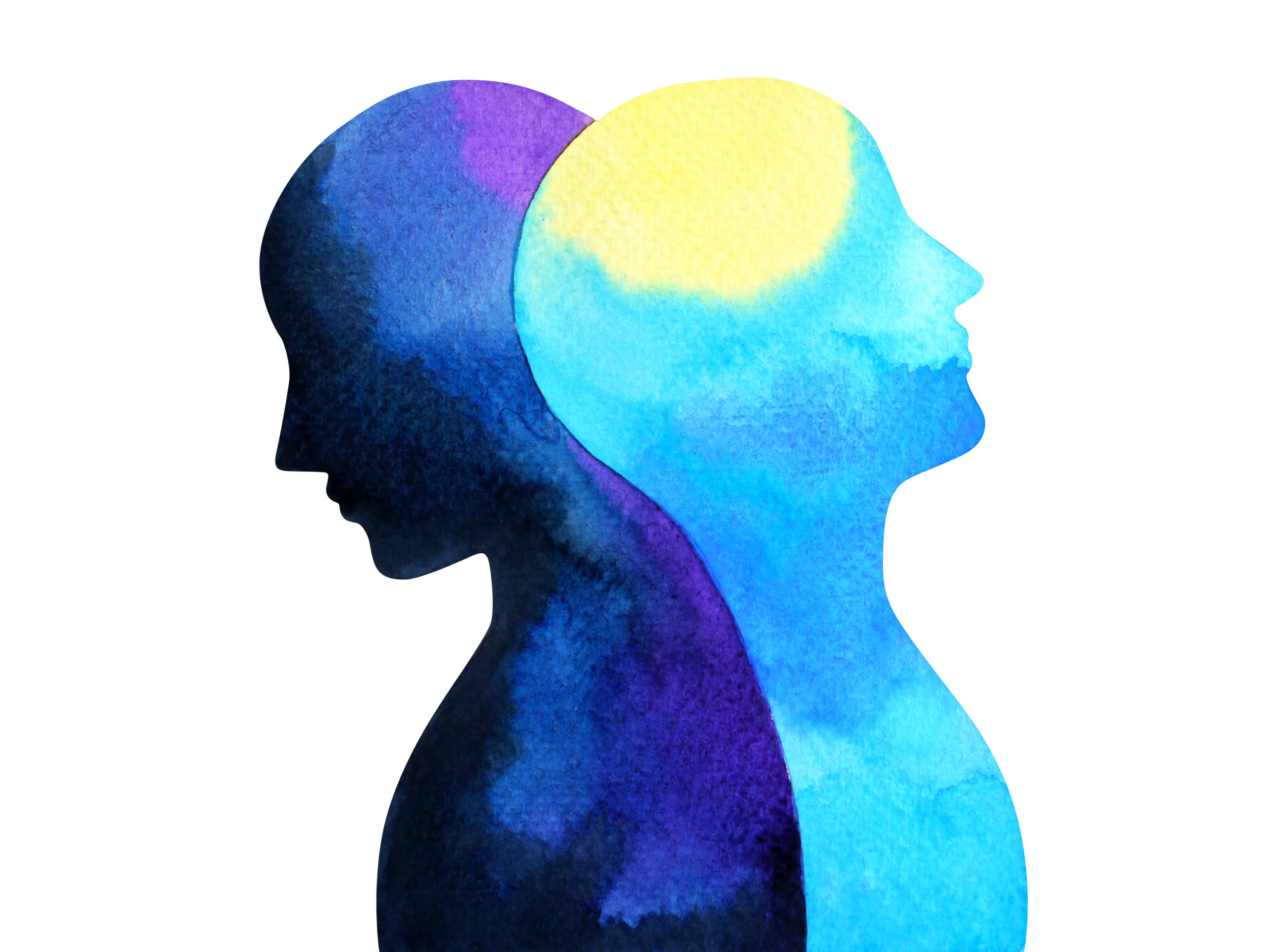The level of addiction a person experiences will vary, and the type of addiction treatment necessary to achieve a successful recovery will vary as well. Some forms of rehab will be more intensive than others, and the more intensive the care, will generally mean it comes at a higher cost. Because of this, it is important to understand that GEHA insurance will cover a portion of addiction treatment needed. Having any portion of treatment taken care of by GEHA coverage should hopefully assist in overcoming the hurdle that it is financially distant to get the proper care an individual needs in order to get their life back.
What is GEHA?
Running for over 85 years, GEHA stands for Government Employees Health Association. GEHA offers insurance designed specifically to serve federal government employees and retirees, as well as military retirees and their family members. GEHA coverage includes both medical and dental, including inpatient rehab and other forms of addiction treatment. GEHA insurance consists of two programs; the Federal Employees Dental and Vision Insurance Program (FEDVIP) and the Federal Employees Health Benefits (FEHB) program, partners with UnitedHealthcare and Aetna for access to medical providers, and is a not-for-profit association. For those with certain levels of GEHA coverage, their benefits will work with Medicare A and B.
Benefits of Using GEHA
The benefits of using GEHA include rewards programs and savings on everything health related from gym memberships and teeth whitening, to $5 annual eye exams and discounts on medical alert systems. GEHA benefits.
What Types of Treatments Are Covered by GEHA?
GEHA covers a wide range of treatments, both within and outside of the US. Coverage while traveling outside the US will be limited to certain non-emergency care, but for every day care, GEHA covers most treatments. Most traditional methods of care, including dental care and things like hearing aids, all the way up to skilled nursing, are covered, sometimes with a copay. Coverage also includes treatments from chiropractors and acupuncture practitioners, as well as treatment for infertility and much more beyond these.There is also GEHA therapy coverage, which opens up member access to mental health professionals near them or via telehealth appointments. GEHA therapy coverage allows care for mental and behavioral therapy and counseling, and GEHA insurance as a whole will cover most inpatient and outpatient addiction recovery treatments. Whether a loved one is suffering from withdrawals from alcohol or drugs and needs assistance in keeping on the path to sobriety, or they are in the thick of addiction, there is help available. If you are seeking more information on what is addiction therapy, we have resources for that.
Inpatient Rehab
Inpatient rehab is one of the most effective methods of helping people recover from addiction. Addiction, whether it is to drugs or alcohol, can ruin an individual’s life, and being proactive about treatment is crucial in preventing any potential tragedy. Many federal government jobs can be quite stressful, and sometimes leads to these employees seeking refuge in unhealthy outlets. Fortunately, GEHA will cover a portion of inpatient rehab, bringing treatment within reach for those that need it most.
Medically Assisted Treatment
Medically assisted treatment is sometimes needed for those who enter a rehab treatment program. GEHA will cover most addiction recovery services, including medically assisted treatment.
Multiple Rehab Visits
Because rehab is considered medically necessary, multiple rehab visits are covered by GEHA. If for whatever reason an individual relapses and needs to undergo rehab once again, rest assured that the treatment will be covered. Both inpatient and outpatient rehab will be covered, so whichever treatment option works best for your situation, GEHA insurance has you covered.
What is the Length of Rehab Treatment Covered by GEHA Insurance?
The length of rehab treatment covered by GEHA insurance will ultimately depend on whether a person needs inpatient or outpatient recovery treatment. Typically, inpatient treatment can be covered up to six weeks, while outpatient treatment can be covered up to 12 weeks for intensive care.
Do Insurance Premiums Rise After Rehabs?
The short answer to this question is simply, “no”. As it pertains to the Affordable Care Act, insurance providers, by law, cannot raise premiums for those seeking care for a substance abuse disorder. This is one of the 10 essential services covered under the ACA.
Is GEHA Only for Federal Employees?
Yes. GEHA has been designed specifically to serve federal employees, military personnel, retirees of both, and their families.
Is GEHA Different From Medicare?
GEHA is different from Medicare, but can be combined with Medicare for certain services. GEHA can even help cover expenses not covered by Medicare.
Does GEHA Cover Different Types of Therapies?
GEHA will cover therapy and counseling for those who need it. This will include inpatient services for substance abuse treatment and behavioral health treatment, as well as general counseling sessions for those seeking mental health treatment.
For federal government employees, it is important to understand the full benefits that GEHA insurance has available for you. Treatments ranging from outpatient to inpatient rehab care can be covered, and can be a transformative way to turn life around for those who need it most.
Stillwater Behavioral Health is here to assist all federal and military personnel seeking treatment to recover from drug or alcohol addiction in an empathetic and professional manner. Reach out to us today.












